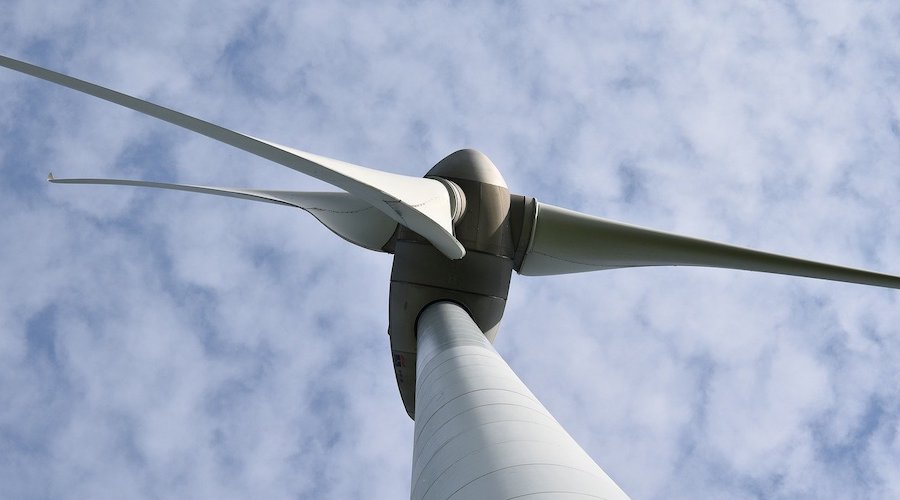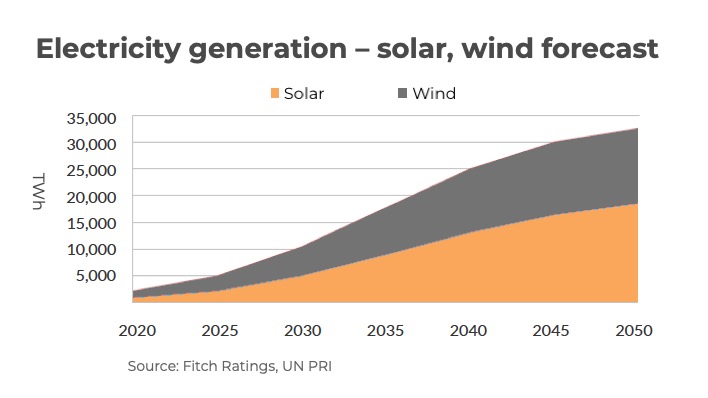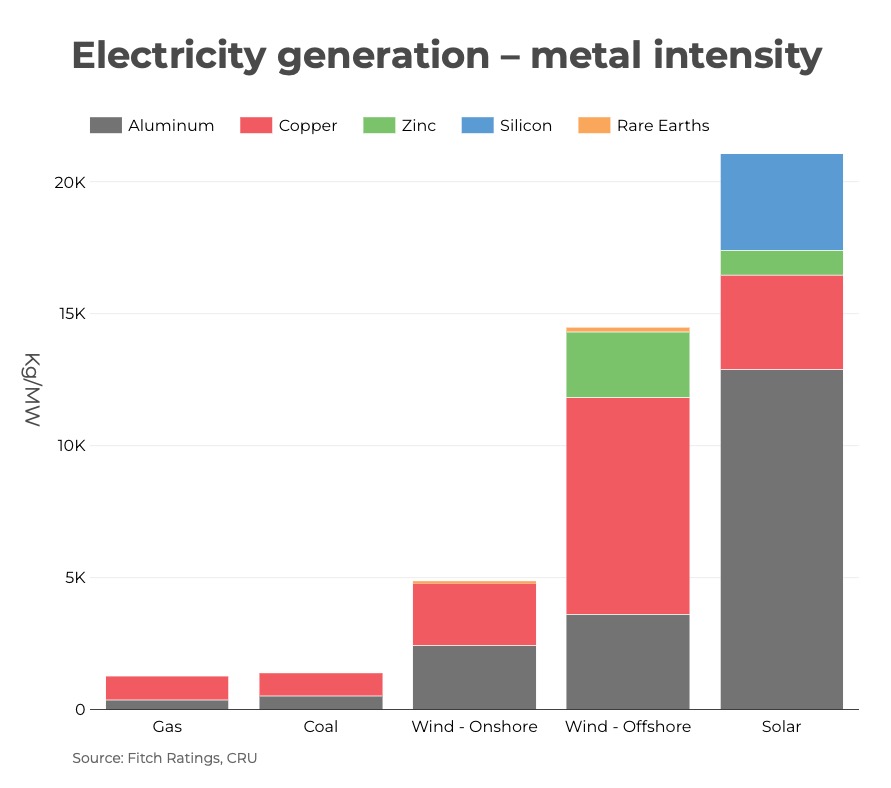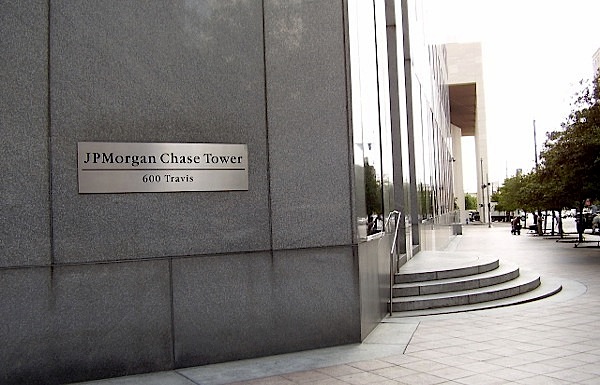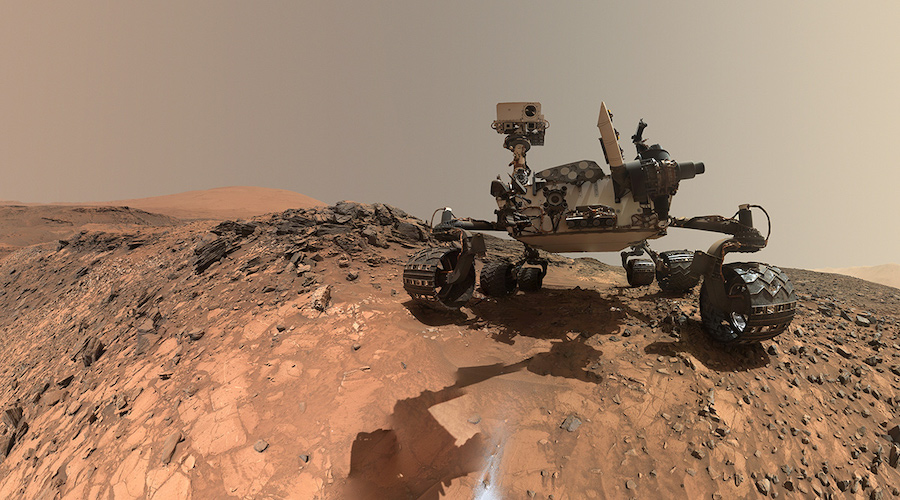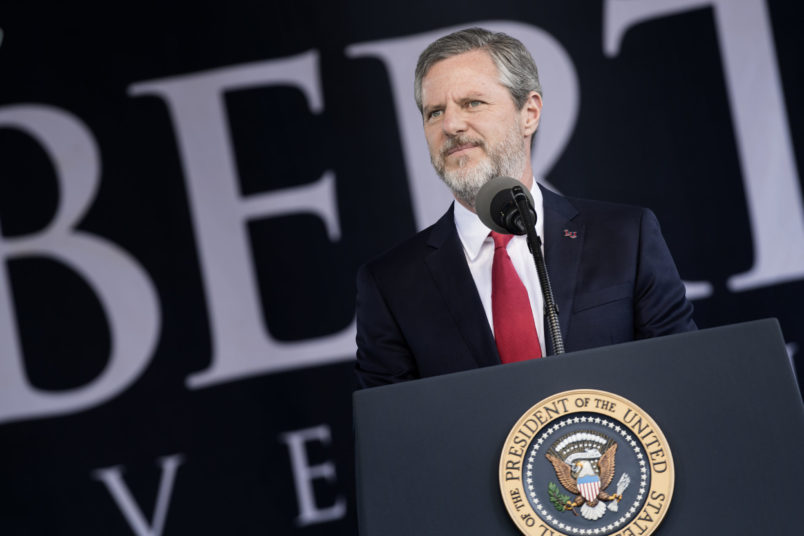Rather than making money harder to get, the U.S. government needs to focus on the other side of the demand vs. supply equation.
In prescribing cures for inflation, economists rely on the diagnosis of Nobel laureate Milton Friedman: inflation is always and everywhere a monetary phenomenon—too much money chasing too few goods. But that equation has three variables: too much money (“demand”) chasing (the “velocity” of spending) too few goods (“supply”). And “orthodox” economists, from Lawrence Summers to the Federal Reserve, seem to be focusing only on the “demand” variable.
The Fed’s prescription is to suppress demand (borrowing and spending) by raising interest rates. Summers, a former U.S. Treasury Secretary who presided over the massive post-2008 bank bailouts, is proposing to reduce demand by raising taxes or raising unemployment rates, reducing disposable income and thus people’s ability to spend. But those rather brutal solutions miss the real problem, just as Summers missed the crisis leading up to the 2008-09 crash. As explained in a November 2021 editorial titled “Too Few Goods – The Simple Explanation for October’s Elevated Inflation Rates,” we don’t actually have too much consumer money chasing available goods:
M2 money supply surged [in 2020] as the Fed pumped out liquidity to replace businesses’ lost sales and households’ lost paychecks. But bank reserves account for nearly half of the cumulative increase since 2020 began, and the vast majority seem to be excess reserves sitting on deposit at Federal Reserve banks and not backing loans. Excluding bank reserves, M2 money supply is now growing more slowly than it did for most of 2015 – 2019, when inflation was mostly below the Fed’s 2% y/y target, much to policymakers’ chagrin. Weak lending also suggests money isn’t doing much “chasing,” a notion underscored by the historically low velocity of money. US personal consumption expenditures—the broadest measure of household spending—have already slowed from a reopening resurgence to rates more akin to the pre-pandemic norm and surveys show many households used stimulus money to repay debt or build savings they may not spend at all. It doesn’t look like there is a mountain of household liquidity waiting to do more chasing from here. [Emphasis added.]
In March 2022, the Federal Reserve tackled inflation with its traditional tools – raising interest rates and tightening the money supply by selling bonds, pulling dollars out of the economy. But not only have prices not gone down since then, they are going up. As observed in a July 15 article on Seeking Alpha titled “Fed-Induced Recession Looms As Rate Fears Roil All Markets”:
On Wednesday, the Consumer Price Index came in at a 9.1% annual rate. The higher-than-expected reading puts the CPI at a new 41-year high.
The biggest contributors to rising consumer prices are the basic necessities of food, fuel, and shelter. As households struggle to make ends meet, they are trimming discretionary spending, burning through savings, and running up credit card balances.
Businesses are also getting squeezed. On Thursday, the Producer Price Index showed wholesale costs rising at a massive 11.3% year-over-year.
When their own costs go up, producers must raise the prices of their products to cover those costs, regardless of demand. Less money competing for their products won’t bring producer costs down. It will just drive the companies out of business, as happened in the Great Depression. The Seeking Alpha article concludes:
… As both businesses and consumers are forced to tighten their belts, a slowdown looms.
And if the Federal Reserve makes another major policy misstep, then a severe recession and financial crisis may also be coming.
Recession is already evident. The stock market has lost a cumulative $7 trillion in value this year, while the crypto market has lost $2 trillion since last November. Emerging markets are in even worse straits. According to a July 14 article by Larry McDonald on ZeroHedge, “Emerging and frontier market countries currently owe the IMF over $100 billion. US central banking policy plus a strong USD is vaporizing this capital as we speak.… A quarter-trillion dollars of distressed debt is threatening to drag the developing world into a historic cascade of defaults.”
Every time the Fed raises rates, borrowing becomes more expensive. That means higher interest costs not only for governments but for borrowers with mortgages, home equity lines of credit, credit cards, student debt and car loans. For both large and small businesses, loans also get pricier.
To be clear, this is not the same sort of inflation that Paul Volcker was taming in 1980 when he raised the Fed funds rate to 20%. McDonald observes, “In 2021, global debt reached a record $303T, according to the Institute of International Finance .… Volcker was jacking rates into a planet with about $200T LESS debt.” [Emphasis added]
Volcker was also not dealing with the supply shortages we have today, generated by lockdowns that put more than 100,000 U.S. companies out of business; sanctions and war that cut off global supplies of fuel, food and resources; and farming crises such as that in the Netherlands, generated by overly stringent regulations.
Higher interest rates don’t alleviate cost/push inflation caused by supply crises; they make it worse. Rather than making money harder to get, the government needs to focus on the supply side of the equation, stimulating local production to bring supply levels up. Rather than Volcker’s solution, what we need is that pioneered by Alexander Hamilton, Abraham Lincoln, and Franklin D. Roosevelt, who pulled us out of similar crises with public banking institutions designed to stimulate infrastructure and development.
For foreign models, we can look to the infrastructure-funding central banks of Australia, New Zealand and Canada in the first half of the 20th century; and to China, which salvaged the global economy following the 2008 banking crisis with massive infrastructure and development funded through its state-owned development banks.
China Did It
In the last 40 years, China has exploded from one of the world’s poorest countries to a global economic powerhouse. Among other notable achievements, from 2008 to 2022 it built 23,500 miles of high-speed rail, at a time when U.S. infrastructure projects were stalled for lack of funding. How did China pull this off? Rather than relying on taxpayer funds or foreign debt, it borrowed from its own banks.
China has three massive state-owned infrastructure and development banks – the China Development Bank, the Export-Import Bank of China, and the Agricultural Development Bank of China. Called “policy banks,” they get their liquidity either (a) directly from the People’s Bank of China (PBOC) in the form of “Pledged Supplementary Lending,” or (b) by issuing bonds, which have higher credit ratings than commercial bank bonds and are in demand because they can be used as collateral to borrow from the central bank. China’s policy banks are limited to funding certain specific government policies; and these policies are all productive and public-purpose-driven, unlike the short-term private profit-maximization driving Wall Street banks.
Besides its big state-owned banks, China has an extensive network of local banks, which know their local markets. The PBOC website lists seven tools it can use for adjusting monetary policy, including not just a short-term lending facility like the U.S. Fed’s discount window, but a facility to inject liquidity into banks for medium-term loans, as well as the “pledged supplementary lending” to fund long-term loans from the three policy lenders for specific sectors, including agriculture, small businesses, and shanty town re-development.
Yet all this stimulus has not driven up Chinese prices. In fact, consumer prices initially fell in 2008 and have hovered around 2% ever since. [See chart below.]

Prices are creeping up now, as is happening everywhere; but they have reached only 2.5%—far below the 9.7% seen in the U.S. in July.
Our Forebears Did It Too
State-owned infrastructure banks are not unique to China. In the United States, a similar model was initiated by Alexander Hamilton, the first U.S. Treasury Secretary. The “American System” of government-issued money and credit was key both to winning the American Revolutionary War and to transforming the nation from a collection of agrarian colonies to an industrial powerhouse. But after the War, the federal government was $70 million in debt, including $44 million from the colonies-turned-states.
Hamilton solved the debt problem with debt-for-equity swaps. Debt instruments were accepted in partial payment for stock in the First U.S. Bank. This capital was then leveraged into credit, issued as the first U.S. currency. Loans were based on the fractional reserve model. Hamilton wrote, “It is a well established fact, that Banks in good credit can circulate a far greater sum than the actual quantum of their capital in Gold & Silver.”
That was also the model of the Bank of England, the financial engine of the colonial oppressors; but there were fundamental differences between the two models. The Bank of the United States (BUS) was designed for public development. The Bank of England (BOE) was intended for private gain. (See Hamilton Versus Wall Street: The Core Principles of the American System of Economics by Nancy Spannaus, and Alexander Hamilton: A Biography by Forrest McDonald.)
The BOE was chartered to fund a national war and was capitalized exclusively by public debt. The government would pay private lenders, who controlled what policies could be funded. Hamilton’s BUS, by contrast, was to be a commercial bank, funding itself by generating credit for infrastructure and development.
Under Hamilton’s system of “Public Credit,” the primary function of the BUS would be to issue credit to the government and private interests for internal improvements and other economic development. Hamilton said a bank’s function was to generate active capital for agriculture and manufactures, increasing the quantity and quality of labor and industry. The BUS would establish a sovereign currency, a banking system, and a source of credit to build the nation, creating productive wealth, not just financial profit.
The BUS was chartered for only 20 years, after which it lapsed. When economic hardships and monetary pressures followed, the Second Bank of the United States was founded in 1816 under President John Quincy Adams, basically on the Hamiltonian model. It funded one of the most intense periods of economic progress in history, investing directly in canals, railroads, roads, and coal and iron enterprises; lending money to states and cities engaged in such projects; and managing credit so that it continually flowed into needed productive activities.
After the Second BUS was shut down, Abraham Lincoln’s government issued Greenbacks (U.S. Notes) directly, funding both the Civil War and extensive infrastructure and development. The National Banking System was also established, under which national banks would be partially capitalized with federal securities.
An International Movement Is Born
The American System and its leaders not only allowed the American colonists to break free of British control but inspired an international movement. Other British colonies revolted, including Australia, New Zealand and Canada; and other countries rebelled against the British imperial free-trade doctrines and developed their own infrastructure and manufacturing, including Germany, Ireland, Russia, Japan, India, Mexico, and South America.
The Commonwealth Bank of Australia (CBA), founded in 1911, followed the Hamiltonian model. It was masterminded by an American named King O’Malley, who called Hamilton “the greatest financial man who ever walked the earth.” The CBA funded major national development and Australia’s participation in World War I, simply with national credit issued by the bank.
In Canada from 1939-74, the government borrowed from its own Bank of Canada, effectively interest-free. Major government projects were funded without increasing the national debt, including aircraft production during and after World War II, education benefits for returning soldiers, family allowances, old age pensions, the Trans-Canada Highway, the St. Lawrence Seaway project, and universal health care for all Canadians.
Meanwhile in the U.S., we got the Federal Reserve – and the worst banking crisis and economic depression ever in 1929-33. Pres. Franklin D. Roosevelt then rebuilt the U.S. economy financed through the Reconstruction Finance Corporation, again funded on the Hamiltonian model. Initially capitalized with $500 million, from 1932 to 1957 it lent or invested over $40 billion for infrastructure and development of all kinds; funded the New Deal and World War II; and turned a net profit to the government of $690 million.
Solving Today’s Price Inflation
That could be done again, assuming the political will. Some pundits predict that the Fed will back off its aggressive interest rate hikes when the carnage from that approach becomes painfully evident, but it seems to be a phase we have to go through to convince policymakers that the Fed’s current tools are not able to curb the price inflation we have today. We need to stimulate local development with a national infrastructure and development bank like China’s; and for that, Congress needs to pass an infrastructure bank bill.
Four such bills are currently before Congress. Only one, however, is capable of generating the nearly $6 trillion that the American Society of Civil Engineers says is needed over the next decade for U.S. infrastructure investment. This is HR 3339: The National Infrastructure Bank Act of 2021, which would effectively be self-funded on the American System model – a critical feature given that the federal debt is at record levels. The bank would be capitalized with federal debt acquired in debt-for-equity swaps – federal securities for non-voting bank shares paying a 2% dividend. This capital would then be leveraged at 10 to 1 into low-interest loans, essentially at cost. The bank would be anti-inflationary, by bringing supply up to meet demand; would not require new taxes but would rather increase the tax base, by increasing GDP; and would require only a small Congressional outlay for startup costs, which would quickly be repaid. For more information on HR 3339, see the National Infrastructure Bank Coalition website.
• This article was first posted on ScheerPost.
